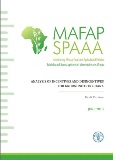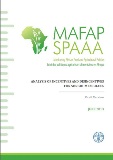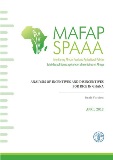Ghana

Agrifood policy monitoring
Total public spending on food and agriculture* in Ghana between 2016 and 2020 stood at an average of USD 422 million, with the lowest of the period being USD 270 million in 2016, the highest being around USD 627 million in 2020. In those 5 years, budgeted amounts stood at an average of USD 1 billion, implying a budget execution rate of 41% on average.
Ghana’s agriculture expenditure progress was well below the CAADP 10% target, despite a slight improvement over the years. Between 2016 and 2020, the share of agriculture spending over total public expenditure increased from 2.4% in 2016 to 3.6% in 2020, with an annual average over the period of 2.9%.
Between 2016 and 2020, 60% of all expenditures on food and agriculture came from the government, while the remaining 40% was financed by donors.
On average, in the same timeframe, 65% of the total public support to food and agriculture was spent on direct support for the agricultural sector: 41% on general-sector support (i.e. public goods such as research, extension or infrastructure) and 24% on payments to agents of the food and agricultural sector. Consumers were the first beneficiaries of payments to agents, receiving USD 58 million on average, followed by producers receiving USD 43 million on average. In comparison, USD 42 million was spent on agricultural infrastructures, on average between 2016 and 2020.
* in USD nominal terms
The nominal rate of protection (NRP) at farm-gate – the ratio of the price gap at farm-gate in relation to the reference price – was -25%, on average and across all 5 commodities: groundnuts, maize, rice, palm oil, and yam between 2005 and 2021, with the most negative value being -57% in 2015, and the most positive value being 71% in 2021.
There are, however, substantial differences across the five commodities analysed:
- Groundnuts: The observed NRP at farm gate was equal to -26%, on average, between 2007 and 2021. Producers faced negative price incentives for most of the time, with only positive price incentives in 2011, 2020 and 2021.
- Maize: The observed NRP at farm gate was equal to 8%, on average, between 2005 and 2021. Producers benefited from positive price incentives, except between 2006–2010, 2013 and 2021 when the NRP was negative.
- Palm oil: Although the observed NRP at farm gate was equal to -3%, on average, between 2005 and 2021, during 2005–2006, 2014, 2016, 2018, 2020–2021, producers benefitted from positive price incentives.
- Rice: The observed NRP at farm gate was equal to -13%, on average, between 2005 and 2021. Producers faced negative price incentives for most of the time, with only positive incentives between 2005–2008 and 2020–2021.
- Yam: The observed NRP at farm gate was equal to -3%, on average, between 2006 and 2021. Producers faced negative price incentives in most of the years, with only positive price incentives during 2011–2012, 2017, and 2020–2021.
Agrifood policy prioritization
MAFAP is supporting the National Development Planning Commission (NDPC) to strategically select agrifood value chains to be promoted through public investments. The aim is to prioritize sectors with the highest potential to improve several outcomes, namely agrifood GDP growth, reducing rural poverty, job creation, imports substitution and exports promotion, and the affordability of healthy diets. This analysis and the resulting policy recommendations are aimed at feeding into Ghana’s Food Systems Strategy and Investment Plan (FSSIP).
Current agrifood policy support
MAFAP has carried out an analysis for the Ministry of Food and Agriculture to estimate and locate off-farm losses in maize and rice value chains, and to identify the driver factors behind such losses. The study also identified profitable and scalable technological solutions to curb losses in these important Ghanaian staple foods.
News
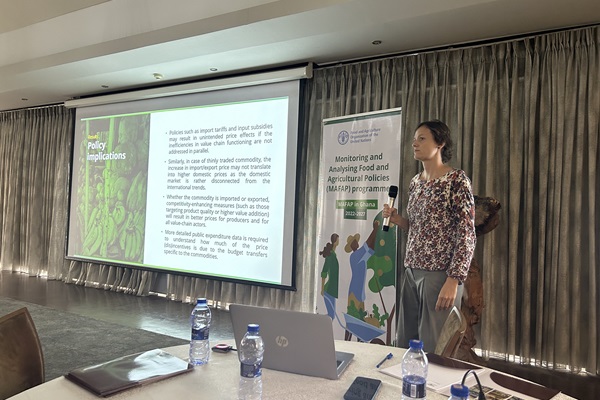
MAFAP hosts policy-dialogue event to boost potential of Ghana’s agrifood sector
03/07/2024

MAFAP team takes part Ghana field mission to reduce food loss and waste in maize and rice
01/06/2022
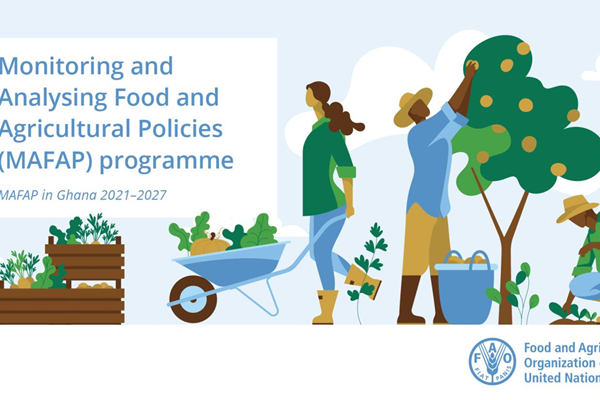
MAFAP re-launches in Accra to help repurpose Ghana's food and agriculture policies
17/02/2022
Publications
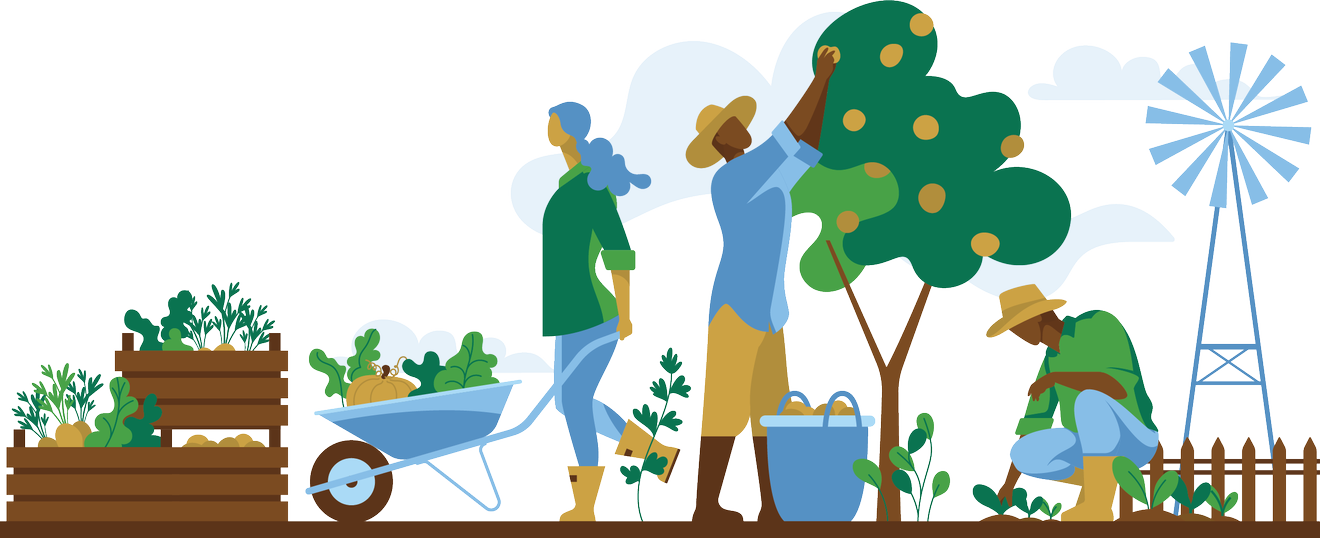
National partners
Useful links
Contact the MAFAP Ghana team

Renata Baborska
Policy Analyst

